How can toe position influence calf strengthening?
Author:
Julio Valero
Published on:
3/6/2025

Different foot positions during calf training to induce gastrocnemius muscle hypertrophy in certain portions.
Changing the position of your feet to maximize calf growth? Many bodybuilders do it, but is it really effective? Let's unravel the science behind this practice, by looking at a study that evaluated how internal rotation of the feet affects calf muscle development.
Overview
The study focused on assessing gastrocnemius muscle thickness using ultrasound after performing calf raise exercises. The position of the toes (inward, outward, and forward) was varied to determine its influence on muscle thickness.
The results of the study indicated that training with toes pointing inward resulted in a greater increase in lateral gastrocnemius muscle thickness. On the other hand, training with toes pointing outward resulted in greater hypertrophy of the medial gastrocnemius. Similarly, similar increases were observed in both muscles when performing training with toes pointing forward.
To better understand how this affects your training, consider the following: by turning your toes inward, you activate the lateral head of the gastrocnemius more. By turning your toes outward, you stimulate hypertrophy of the medial gastrocnemius.
What's the problem?
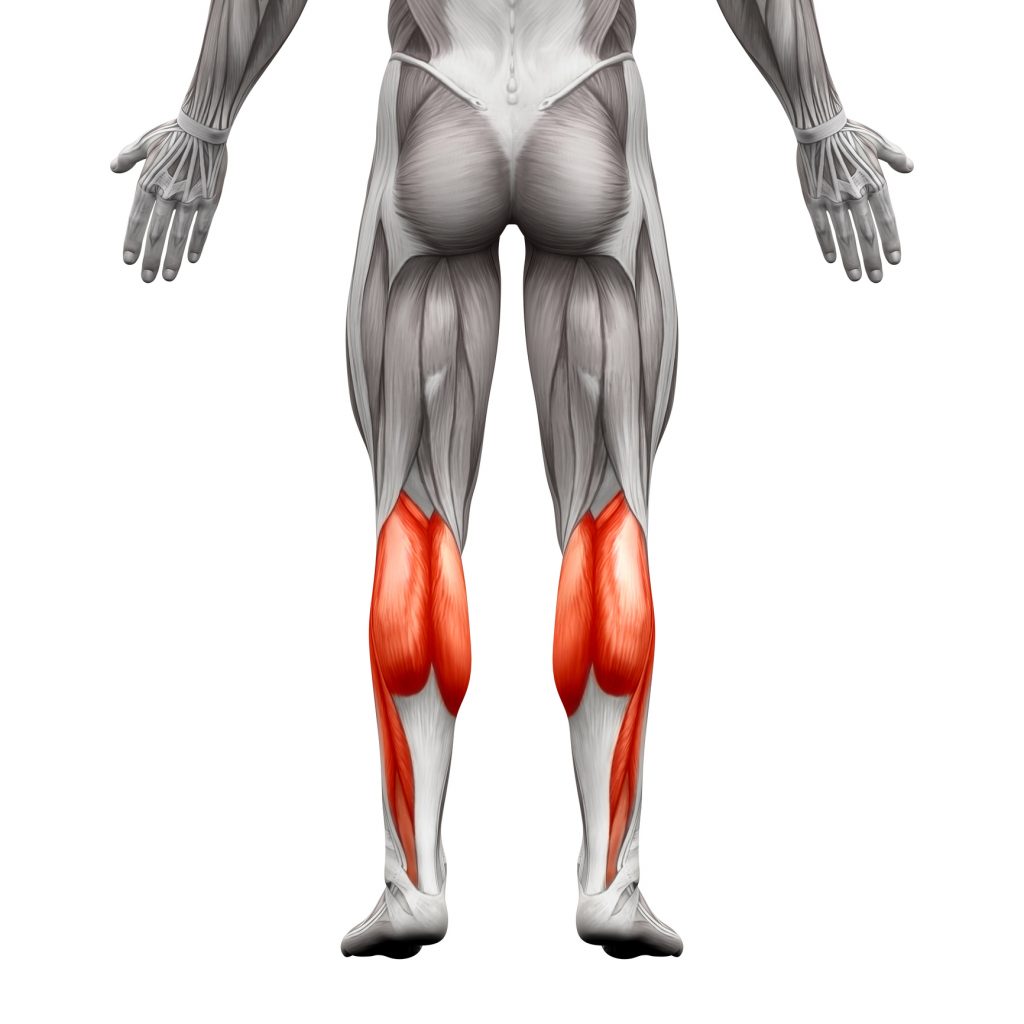
The calves, scientifically known as the triceps surae, are a complex muscle group comprised of three distinct muscles: the gastrocnemius, with its two heads (lateral and medial), and the soleus, which lies beneath. For bodybuilders, calf development is crucial to achieving a balanced and proportional physique. An inspiring example is Arnold Schwarzenegger, who initially struggled with underdeveloped calves, but through tireless dedication, managed to turn them into one of his greatest attributes.
We all admire muscular arms, but strong, defined calves deserve recognition, too. If your calves are resisting growth, you're not alone. Experimenting with different foot positions when doing calf raises can be helpful. While studies show that this affects gastrocnemius activation, it's important to remember that activation doesn't always translate into increased growth. A recent study evaluated the actual growth of the gastrocnemius by using toes turned in or out during calf raises. Combined with what we already know about calf muscle fiber hypertrophy, this gives us valuable information to optimize our training.
Purpose.
This study aimed to compare the variations in muscle thickness (MT) of the medial gastrocnemius (GM) and the lateral head of the gastrocnemius (GL) after training with the toes pointing outward (PPO), pointing inward (PPI) or in a neutral position (PPN) during the performance of calf raises.
Hypothesis
The researchers hypothesized that the orientation of the fingers during the exercise influences the specific development of the calves: fingers pointing outward for the inner zone and inward for the outer zone.
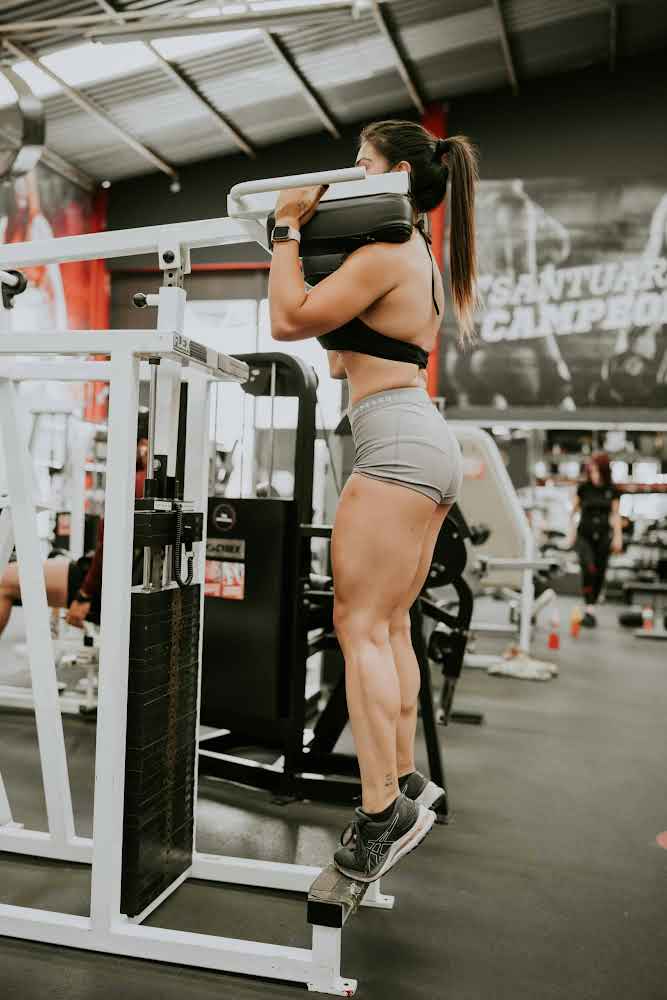
What Did They Test and How?
Participants.
Twenty-nine young men (18–35 years) with previous experience in resistance training but inactive for 4 months were recruited. Of these, 22 completed the study (PPO, n=16 legs; PPI, n=16 legs; PPN, n=12 legs) after excluding those who did not complete 80% of the sessions.
Study Procedures.
Each leg was randomly assigned to one of three training groups (PPO, PPI, or PPN). For 9 weeks (weeks 2-10), participants performed a supervised horizontal leg press machine calf raise training program 3 times per week. Three sets of 20-25 repetitions were performed for the first 3 weeks, increasing to 4 sets for the next 6 weeks. Rest between sets was 60-90 seconds. Load was increased by 5-10% weekly. Repetition tempo was 1 second for the concentric phase, 1 second for maximal contraction, and 2 seconds for the eccentric phase. Participants were instructed to hold the maximal contraction and "squeeze" the target muscle as they approached muscle failure (last 3-5 repetitions). Weeks 1 and 11 were assessment weeks.
Measurements.
Muscle thickness: B-mode ultrasound was used to determine muscle thickness at two key time points: at baseline (week 1) and after completion of the 9-week training program (week 11).
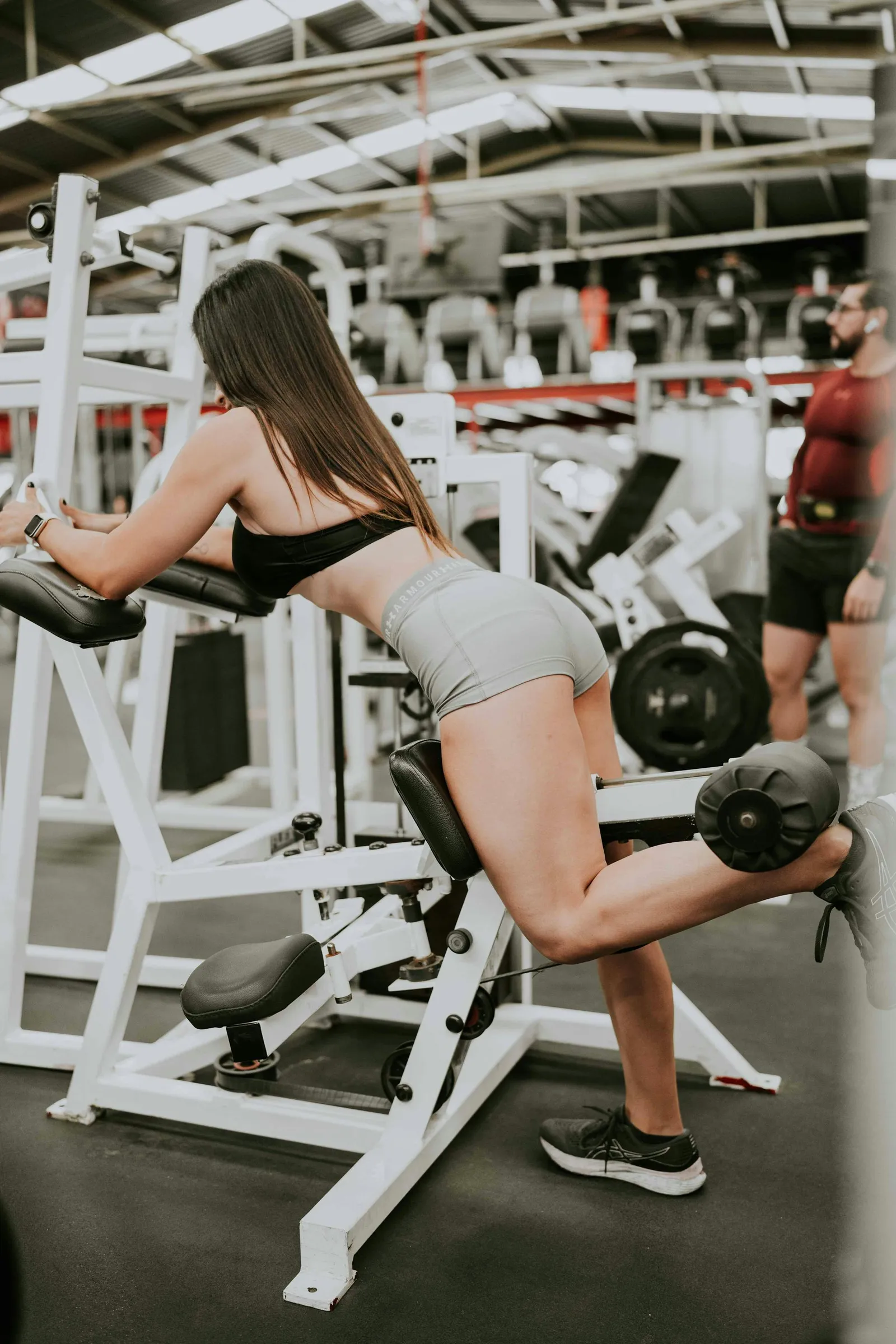
What Did They Find?
Muscle Growth.
The results suggest that different training conditions selectively affect the growth of the gastrocnemius heads. The FPO condition appears to be more effective in increasing the thickness of the medial gastrocnemius, whereas the FPI condition is more effective for the lateral gastrocnemius. The FPF condition did not show a significant differential effect. Table 2 and Figure 1 provide detailed data on the changes in muscle thickness.
Table 1 Muscle Thickness Changes of the Medial and Lateral Gastrocnemius
FPO | FPI | FP | |
Medial gastrocnemius MT | |||
Pre | 1.99 ± .026 | 2.01 ± 0.26 | 2.02 ± 0.19 |
Post | 2.15 ± 0.27✝ | 2.09 ± 0.27✝ | 2.14 ± 0.22✝ |
Mean(diff) | 0.16 (0.12 - 0.21) | 0.08 (0.03 - 0.12) | 0.12 (0.07 - 0.17) |
ES | 0.69 | 0.33 | 0.50 |
Lateral gastrocnemius MT | |||
Pre | 2.07 ± 0.32 | 2.04 ± 0.35 | 2.05 ± 0.28 |
Post | 2.18 ± 0.32✝ | 2.22 ± 0.37✝ | 2.18 ± 0.31✝ |
Mean(diff) | 0.11 (0.08 - 0.15) | 0.18 (0.15 - 0.22) | 0.13 (0.09 - 0.17) |
ES | 0.35 | 0.58 | 0.42 |
*FPO = foot pointed outward (n = 16); FPI = foot pointed inward (n = 16); FPF = foot pointed forward (n = 12); MT = muscle thickness; ES = effect size.
✝Pre-training and post-training data are presented as mean and SD, whereas mean(diff) as mean and 95% confidence intervals.
✝p < 0.05 vs. baseline.
sp < 0.05 vs. FPO.
Figure 1 - Percentage Change in Muscle Thickness for Each Toe Position.
Percentage of participants who reported at least one symptom in the last year (N = 1,414) and 12.6% (N = ~178) of those participants met diagnosis for food addiction; attributed their symptoms to one of the following problem-food categories.
What Do the Findings Mean?
This study supports the common practice in bodybuilding of varying foot position during calf exercises to stimulate different muscle areas. Pointing the toes outward was found to emphasize the medial calf, while pointing the toes inward promoted growth of the lateral calf. Although keeping the toes straight also contributes to the development of both areas, its effect appears to be slightly smaller. It is important to note that this analysis was conducted as part of a larger study on resistance training, which included other exercises. Therefore, calf-specific results were presented separately, without diminishing the validity of the findings.
Despite methodological differences, the data from this study provide valuable information on foot position and calf growth. The training program, by including whole-body exercises, may have influenced the volume dedicated to the calves and the fatigue of the participants. In addition, the lack of control over repetition speed limits the precision of the results. However, the average increase of 6.5% in calf hypertrophy (ES=0.47) is comparable to other muscle groups, suggesting that the calves may not be intrinsically more difficult to hypertrophy. However, anatomical and physiological differences between muscles make direct comparison difficult.
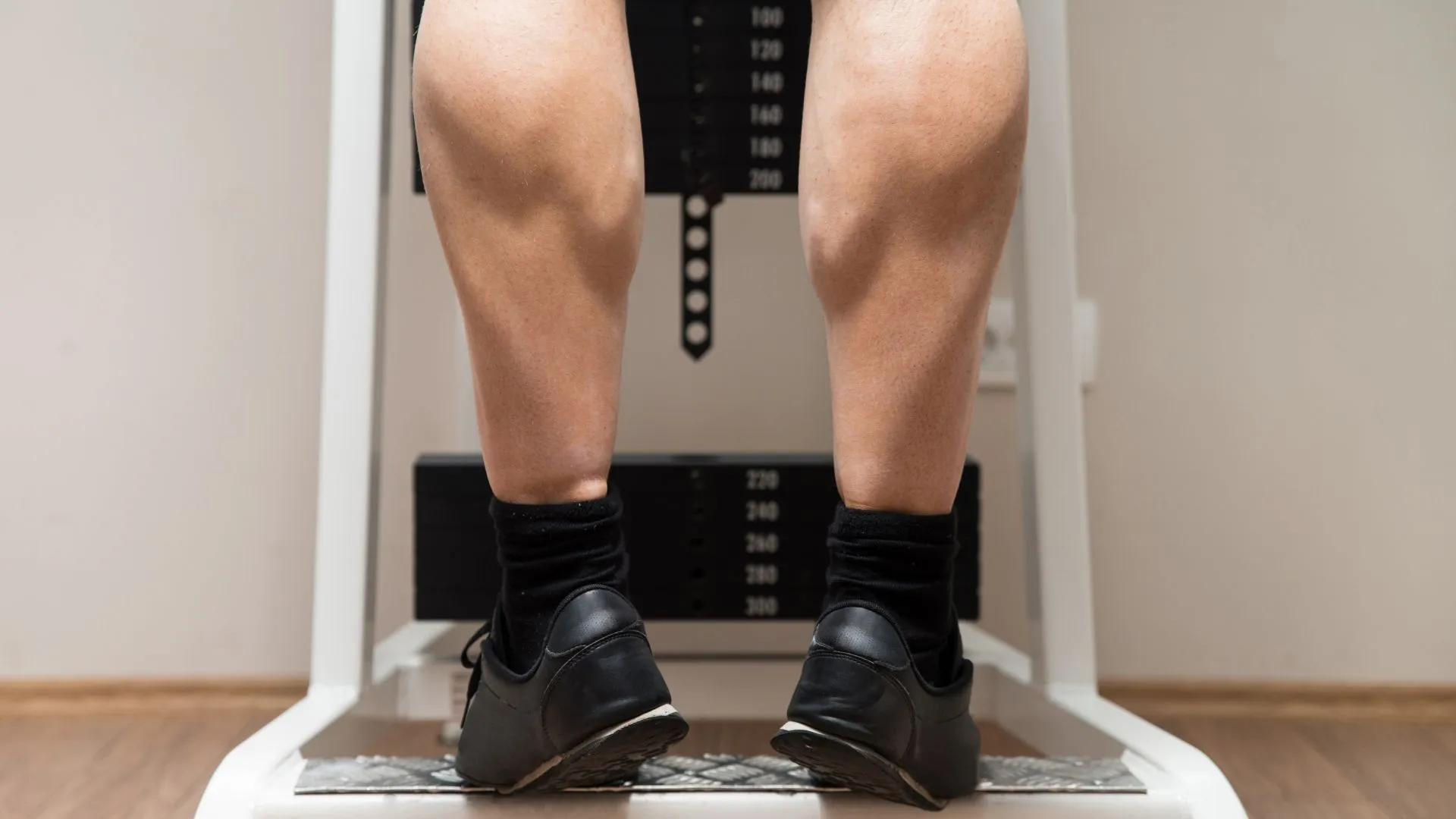
Variation in toe position during calf raise exercises might influence muscle growth due to the length-tension relationship of myofilaments. Greater muscle stretch (achieved by pointing the toes outward or inward) reduces actin and myosin overlap, theoretically demanding greater force production to compensate. This increased force demand could result in greater muscle hypertrophy. For example, pointing the toes outward stretches the medial gastrocnemius (MG) more, whereas pointing the toes inward stretches the lateral gastrocnemius (LG) more. Although this study did not directly measure muscle activation or ankle range of motion, these findings suggest a possible connection between toe position, muscle length-tension, and calf growth.
How Can You Apply These Findings?
For optimal calf development, vary the position of your feet (inward, outward, and forward) during exercises. If you're looking to correct asymmetries, adjust your toe position to emphasize specific areas. Also, combine standing and seated calf raises, and use varied rep ranges.
References.
Nunes, J. P., Costa, B., Kassiano, W., Kunevaliki, G., Castro-E-Souza, P., Rodacki, A., Fortes, L. S., & Cyrino, E. S. (2020). Different Foot Positioning During Calf Training to Induce Portion-Specific Gastrocnemius Muscle Hypertrophy. Journal of strength and conditioning research, 34(8), 2347–2351.
Trappe, T. A., Raue, U., & Tesch, P. A. (2004). Human soleus muscle protein synthesis following resistance exercise. Acta physiologica Scandinavica, 182(2), 189–196.
Cibulka, M., Wenthe, A., Boyle, Z., Callier, D., Schwerdt, A., Jarman, D., & Strube, M. J. (2017). VARIATION IN MEDIAL AND LATERAL GASTROCNEMIUS MUSCLE ACTIVITY WITH FOOT POSITION. International journal of sports physical therapy, 12(2), 233–241.
Marcori, A. J., Moura, T. B., & Okazaki, V. H. (2017). Gastrocnemius muscle activation during plantar flexion with different feet positioning in physically active young men. Isokinetics and Exercise Science, 25(2), 121-125.
Pereira, RS, Azevedo, JB, Politti, F., Paunksnis, MR, Evangelista, AL, Teixeira, CVLS, Serra, AJ, Alonso, AC, Pitta, RM, Figueira Junior, A., Reis, VM & Bocolini, DS (2017). ¿La posición de los pies altera el registro EMG del tríceps sural durante los ejercicios de elevación del talón en una máquina de prensa de piernas? Revista de terapia manual, posturología y rehabilitación, 1-4.
Riemann, BL, Limbaugh, GK, Eitner, JD y LeFavi, RG (2011). Diferencias en la activación del gastrocnemio medial y lateral durante el ejercicio de elevación del talón con tres posiciones diferentes del pie. Journal of strength and conditioning research, 25(3), 634–639.
Schoenfeld, BJ, Grgic, J. y Krieger, J. (2019). ¿Cuántas veces por semana se debe entrenar un músculo para maximizar la hipertrofia muscular? Una revisión sistemática y un metanálisis de estudios que examinan los efectos de la frecuencia del entrenamiento de resistencia. Journal of sports sciences, 37(11), 1286–1295.
Schoenfeld, BJ, Ogborn, D., y Krieger, JW (2017). Relación dosis-respuesta entre el volumen de entrenamiento de resistencia semanal y el aumento de la masa muscular: una revisión sistemática y un metanálisis. Journal of sports sciences, 35(11), 1073–1082.
Kawakami, Y., Ichinose, Y., y Fukunaga, T. (1998). Características arquitectónicas y funcionales de los músculos tríceps sural humanos durante la contracción. Journal of applied physiology (Bethesda, Md. : 1985), 85(2), 398–404.
Comparte en redes sociales
Recent posts

A bad night's sleep: a reason to stay up even longer?
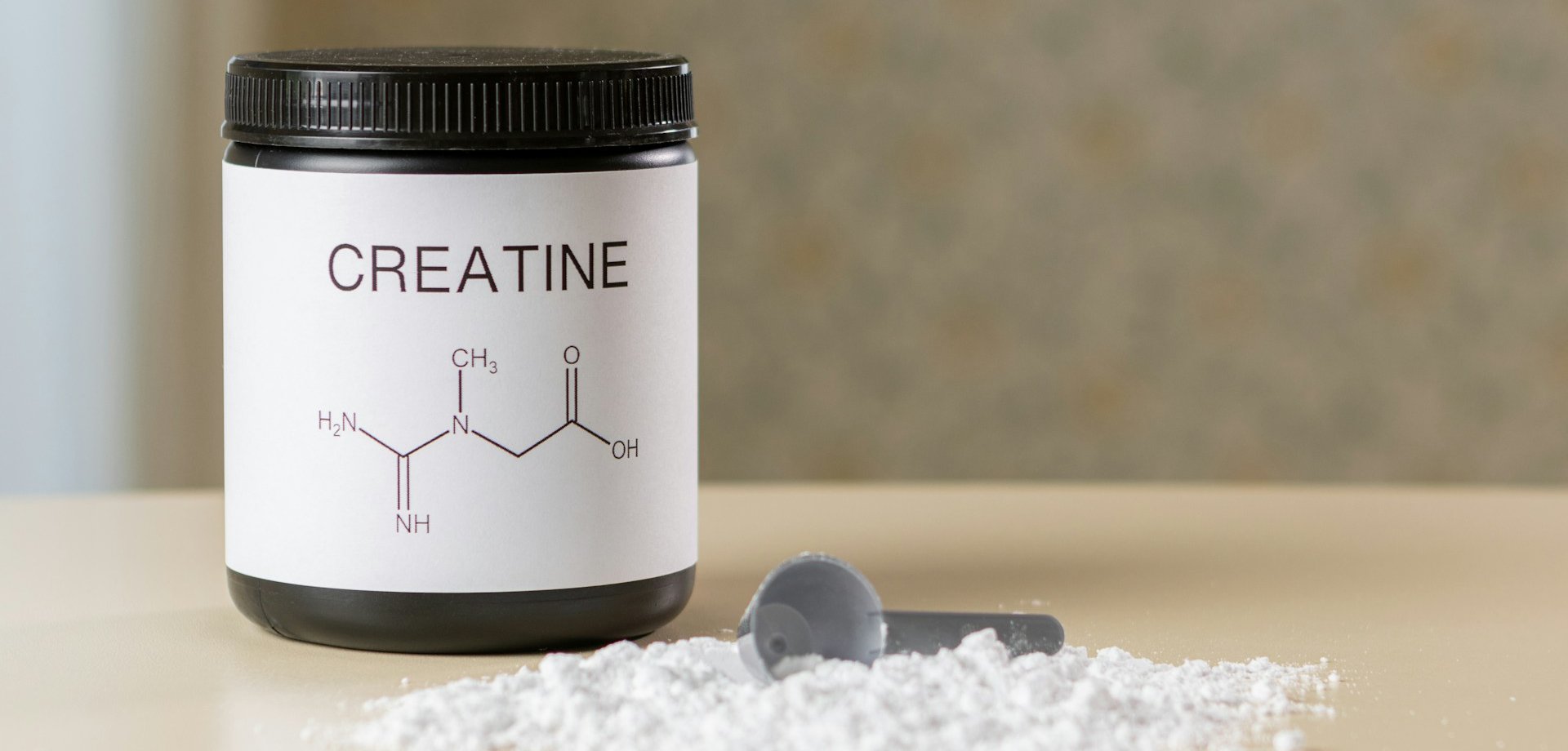
Creatine Effectiveness: What Does Science Say About Its Benefits?
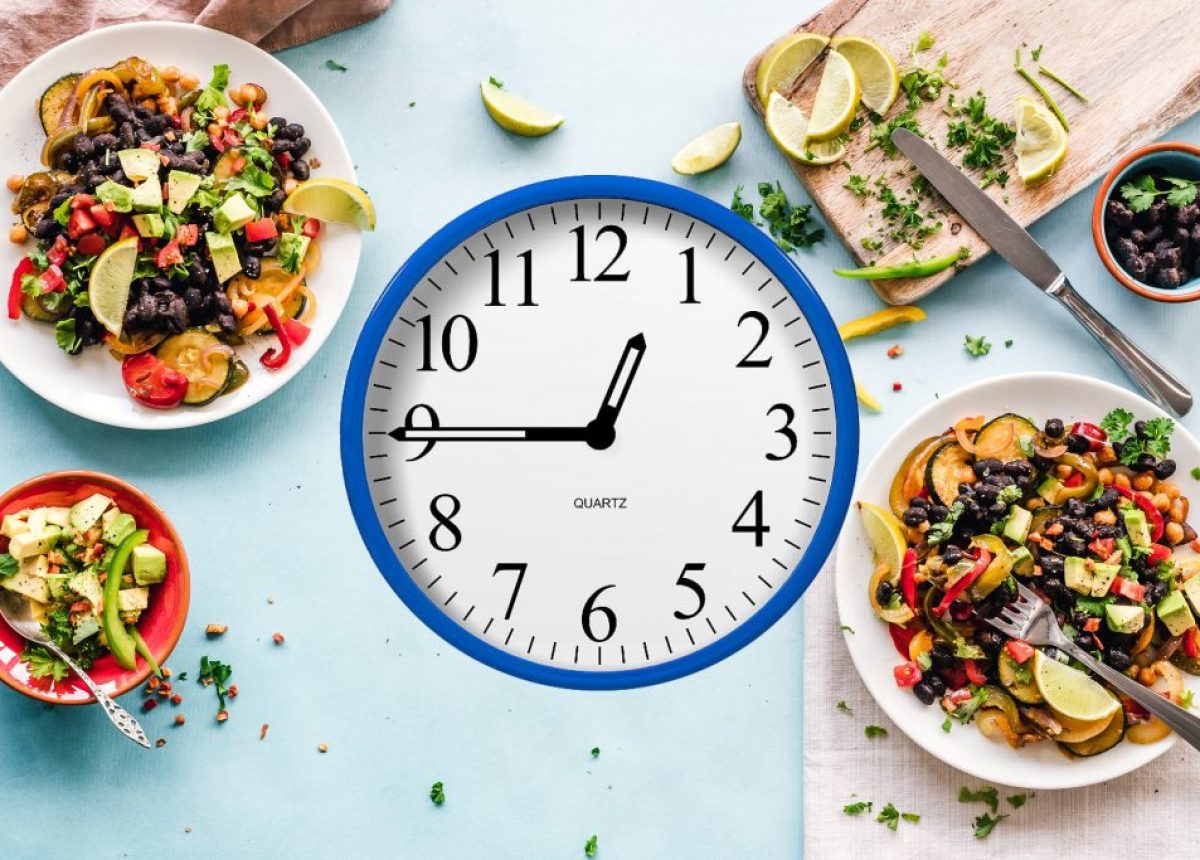
Does meal timing help you lose fat?
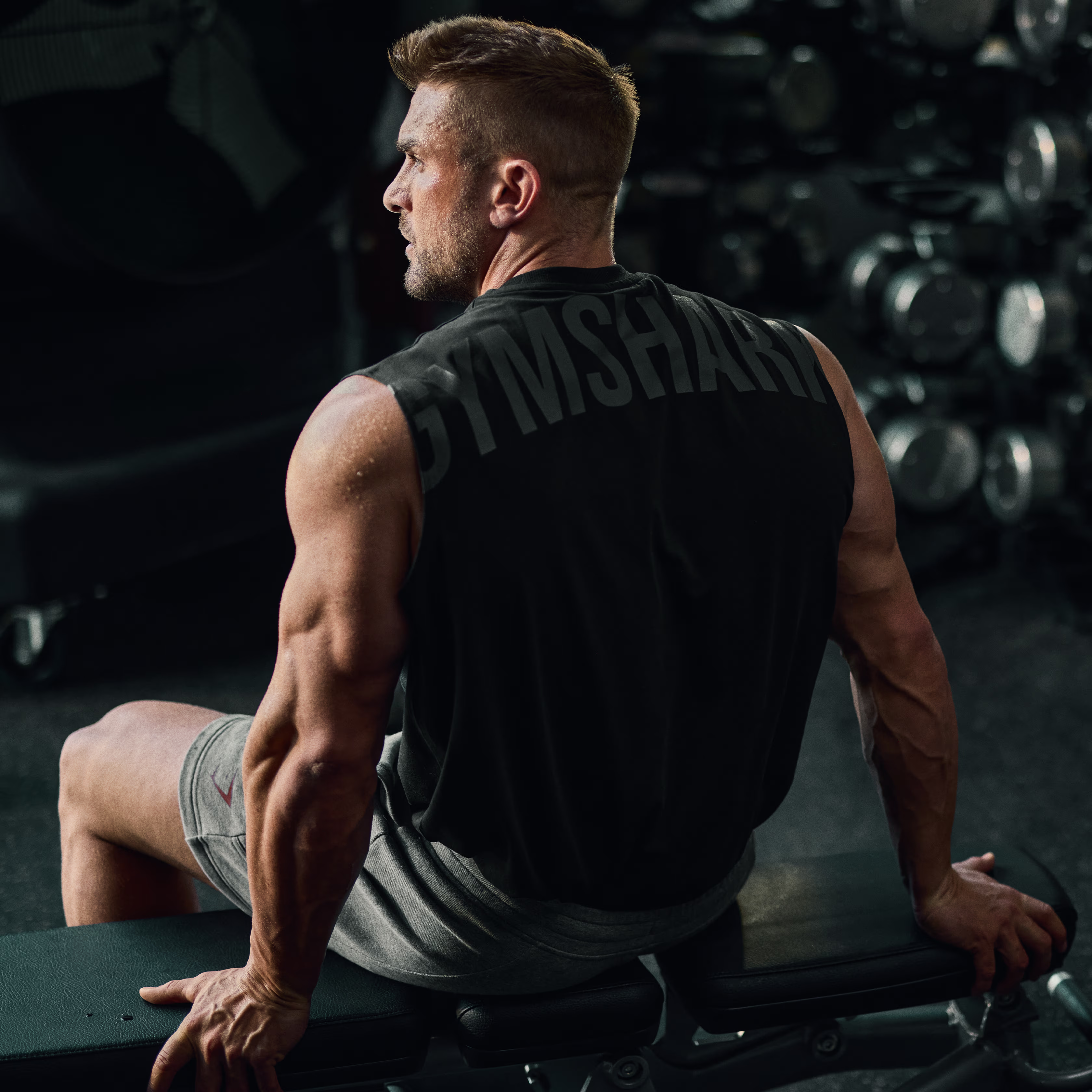
Is your triceps press building muscle or holding you back?
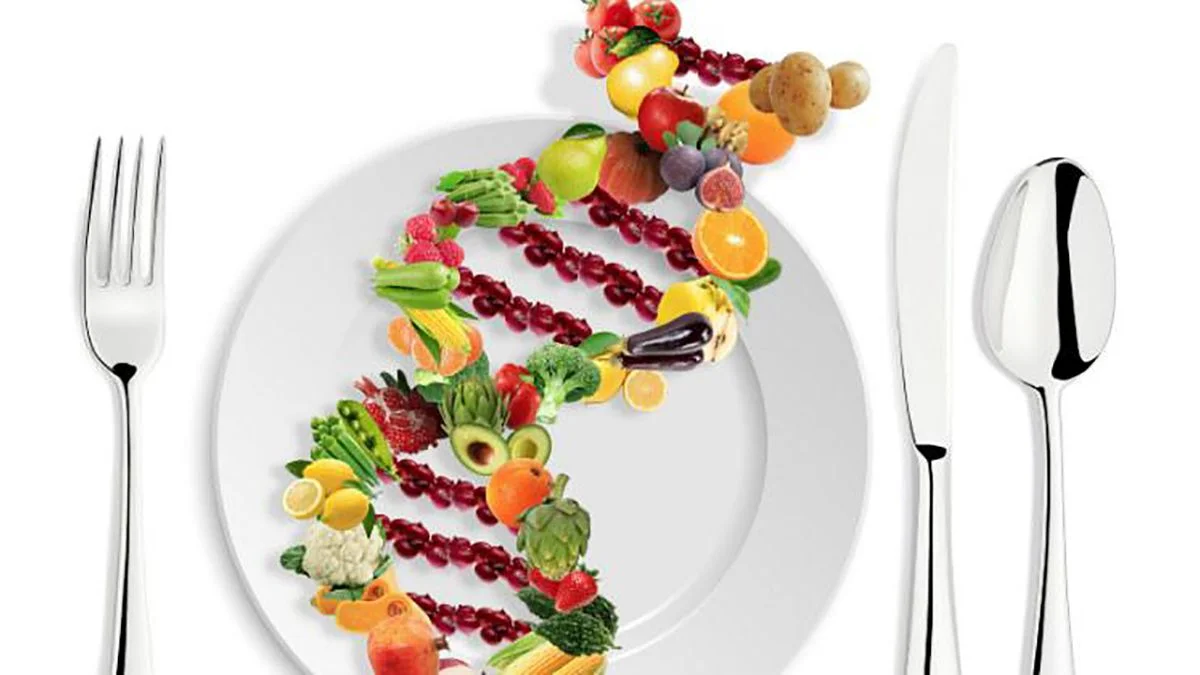
Nutrition tailored to you: based on your genetic profile.
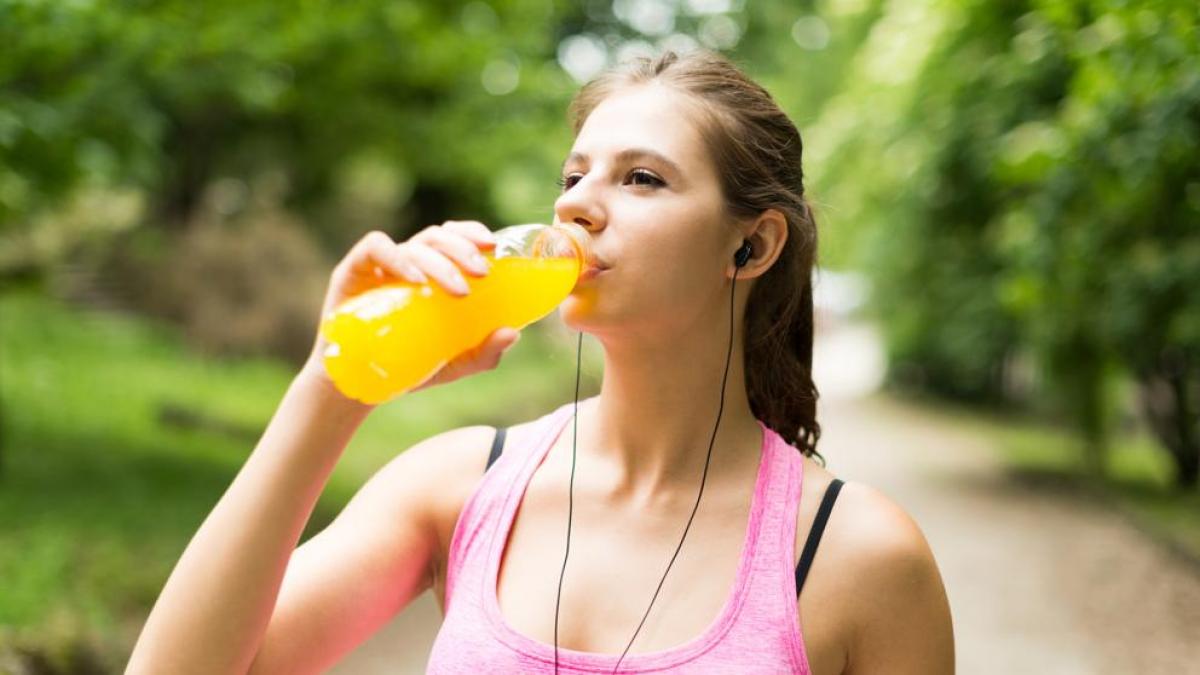
Carbohydrates: the key to an explosive workout.